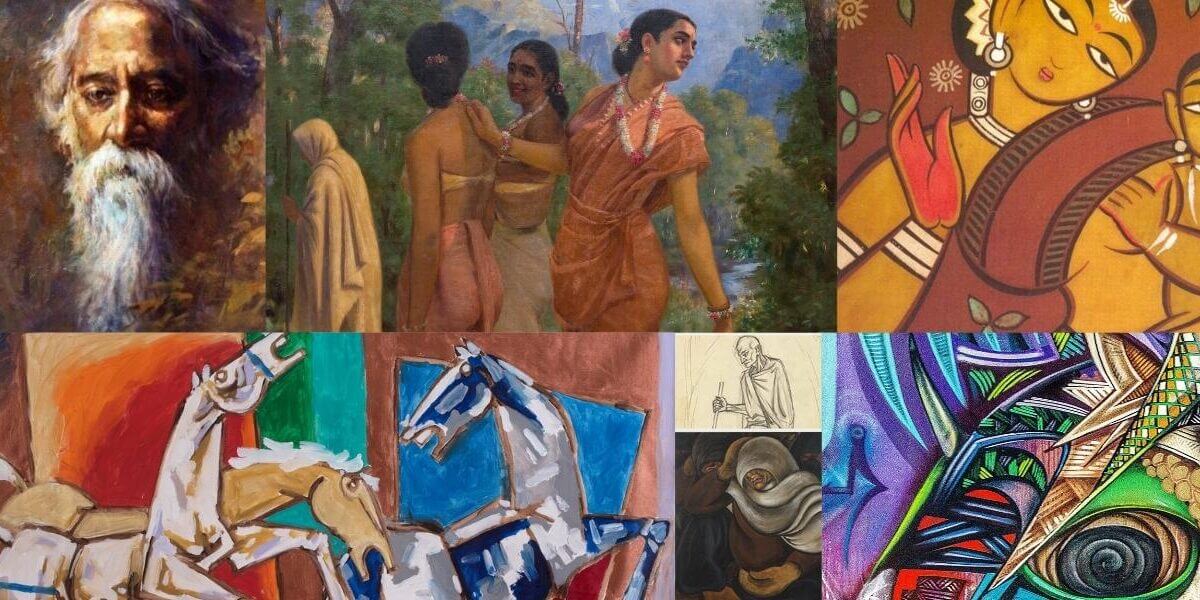Arts, in its myriad forms, has been an essential aspect of human civilization since time immemorial. From the earliest cave paintings to the cutting-edge digital creations of the 21st century, the world of arts has continually evolved, reflecting the diverse expressions of human imagination and emotion. This article explores the multifaceted landscape of arts, delving into its historical roots, its impact on society, and the transformative power it holds over individuals and communities.
Historical Roots and Evolution
The roots of arts can be traced back to prehistoric times when early humans adorned cave walls with paintings, telling stories of their lives, rituals, and experiences. As civilizations developed, so did the various forms of artistic expression, encompassing visual arts, performing arts, literary arts, and more.
Ancient civilizations like Greece and Rome revered the arts, considering them integral to education and societal development. The Renaissance period witnessed a resurgence of interest in arts, marking a pivotal moment in history when creativity and innovation flourished. Masterpieces by artists like Leonardo da Vinci, Michelangelo, and Raphael not only captured the spirit of the time but also laid the foundation for the artistic movements that followed.
The Impact of Arts on Society
Arts play a profound role in shaping societies, influencing culture, and reflecting the collective consciousness of a community. Visual arts, including paintings, sculptures, and installations, serve as mirrors reflecting the cultural, political, and social nuances of a particular era. For instance, the works of the Impressionists captured the changing landscapes of the industrialized 19th century, while contemporary art often grapples with issues such as globalization, identity, and environmental concerns.
Literary arts, encompassing literature, poetry, and storytelling, offer a glimpse into the human experience, transcending time and cultural boundaries. Iconic literary works, from Shakespearean plays to classic novels like “To Kill a Mockingbird,” continue to resonate with readers across generations, fostering empathy and understanding.
Performing arts, including theater, dance, and music, provide a dynamic platform for cultural expression and storytelling. The performing arts serve as a communal experience, bringing people together to witness and participate in shared narratives. From classical ballets to avant-garde theater productions, the performing arts have the power to challenge societal norms, provoke thought, and inspire change.
Arts as a Catalyst for Change
Throughout history, arts have served as a catalyst for social and political change. Artists, writers, and performers have used their platforms to challenge the status quo, provoke conversations, and advocate for justice. The visual arts, in particular, have been a powerful tool for social commentary, with artists like Frida Kahlo and Pablo Picasso using their works to address political upheavals, war, and societal injustices.
Literature has been a vehicle for social critique and activism, with authors such as George Orwell, Chinua Achebe, and Margaret Atwood using their words to expose the flaws and inequalities within society. The performing Creative endeavors, too, have played a vital role in movements for civil rights, gender equality, and LGBTQ+ rights, using the stage as a platform for advocacy and awareness.
Arts and Individual Well-Being
Beyond its societal impact, arts hold immense significance in the realm of individual well-being. Engaging with artistic expressions has been linked to improved mental health, cognitive function, and emotional well-being. Whether through creating art or experiencing it, individuals find solace, catharsis, and a means of self-discovery.
Art therapy has emerged as a recognized form of psychological treatment, allowing individuals to explore and express their emotions through various artistic mediums. The process of creation becomes a form of introspection, providing a therapeutic outlet for individuals facing challenges such as anxiety, trauma, or grief.
The Intersection of Technology and Arts
In the 21st century, technology has ushered in a new era for the arts, expanding the possibilities of creative expression. Digital Creative endeavors, virtual reality installations, and interactive experiences have become integral components of the contemporary artistic landscape. Artists harness the power of technology to push the boundaries of traditional art forms, creating immersive and innovative experiences.
Digital platforms have democratized access to Creative endeavors, allowing artists to showcase their work to a global audience without traditional gatekeepers. Social media, online galleries, and digital streaming platforms have transformed the way we consume and engage with Creative endeavors, fostering a more inclusive and interconnected artistic community.

Challenges and Opportunities in the Arts
While the arts continue to thrive, the field faces its share of challenges. Funding constraints, limited access to artistic education, and the commercialization of art pose obstacles to the growth and sustainability of the artistic community. The subjective nature of art and differing opinions on what constitutes “good” or “valuable” art also contribute to ongoing debates within the art world.
However, these challenges are accompanied by opportunities for positive change. Grassroots movements, community-based art initiatives, and advocacy for Creative endeavors education aim to address systemic issues and create a more equitable and inclusive artistic landscape. The digital age has opened up new avenues for artists to connect with audiences directly, bypassing traditional barriers and creating space for diverse voices to be heard.
Conclusion
The world of arts, with its rich tapestry of creativity and expression, remains a timeless and ever-evolving force that shapes our individual and collective experiences. From ancient cave paintings to the digital masterpieces of today, Creative endeavors continue to transcend boundaries, challenge norms, and inspire change.
As we navigate the complexities of the modern world, the Creative endeavors serve as a source of solace, reflection, and connection. Whether as a tool for societal transformation, a catalyst for personal growth, or a mirror reflecting the human experience, arts remain an integral part of the fabric of our existence. Embracing the diversity of artistic expression ensures that the timeless journey through creativity and imagination continues to weave its threads across generations, fostering a more vibrant and interconnected global community.
